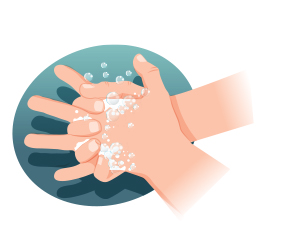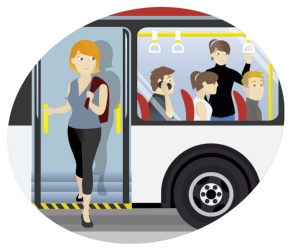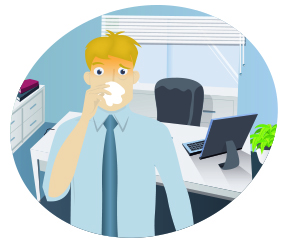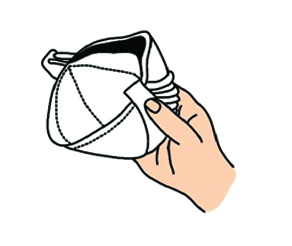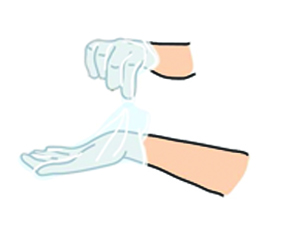What processes?
What processes are vital or essential for the operation of the company and they require presence in the work centre. Which is the level of production that is wanted or you can maintain. They are assessments that are owed to pose and that are linked and they condition following aspects.
Who and how?
With what team in person minimum of people is owed to arrange to maintain the production process. It is a reflection that it will allow measuring the team of work in person, that one of working online, to establish turns, relays, substitutes, to accomodate safety distances, to foresee confluences…
The main recommendations are:
- Working online. It is the safest measure, to establish work systems from a distance provided that is possible. Maintain and expand as far as possible this work type.
- Work organisations and schedules. Establish special schedules and turns to reduce the hard-working number of individuals presents at the same time in the workplaces. Make more flexible schedules to avoid person' agglomerations in the entrances and exits.
- People. More than never, to watch the hard-working human health, which is its health present state, if are personal especially sensitive when dealing with the COVID-19, if they have already suffered the illness. The person that shows symptoms as a fever, cough, respiratory distress, sore throat, he should not attend to work remaining at home. Consider the possibility of establishing temperature controls to the access to the centre. Establish fluid communication channels on the health condition of the group, necessary to identify and to limit possible cases of COVID-19 fast way.
- How to move to the centre. Study and organise displacements to the work to promote trips in car in recluse or in transportation that allows the safety distance.
- Suppliers and others. Coordinate with Contracts and ETT´s when it comes to the adopted measures and evaluation of the risk of the affected staff. Reduce visits and face-to-face meeting.
In what conditions?
What measures are owed to adopt in the work centres to do them safer, cleaner and more healthy?
It is owed to assess the risk of exhibition in such a way that it allows classifying to the hard-working people in 3 levels: risk exposure, low-risk and low exhibition probability of exhibition, established by the procedure of the Ministry of Health Care and in this way to apply preventive measures according to the evaluated risk.
Such as control measures and organisational that they improve working conditions adapting them to the current situation of alarm emphasise the next ones:
- Ventilation of the venue. Increase rates of ventilation, increase the percentage of outside air that it circulates in the system.
- Established safety distance. Analyse the the positions distribution and organisation of work to guarantee the safety distance. Minimise contact among people workers and/or clients and to analyse those tasks in which you can not respect the distance and to search solutions (barriers, EPIs…). Promote the workers' fixed location, without rotating in teams or work cycles.
- Common spaces or arisen. Avoid confluence in common spaces
- Limit the use of changing rooms and services hygienic.
- Rationalise the use of lifts.
- Limit the use of dining room provided that is possible, limiting to the maximum the manipulation and food consumption in the work centres.
- Delete or reduce meetings, visits and trips non-essential.
- Area and space neatness. Increase the neatness and disinfection of those areas that are touched frequently in the workplace: pupitres of command, keyboards tables, switches, handrail in staircases, handles, taps, etc, carrying out her several times in every working day and in the changes on duty.
- Means of hygiene. Guarantee the availability and easy access to water and soap for the hygiene of hands, disposable role for dried and waste baskets, preferably with opening of pedal. In the positions in which is not possible, to have alcoholic gels.
- Personal protective Equipments (EPI). Follow using necessary equipments for the development of the usual work. Be attentive to the recommendations of health authorities on the use of masks or lid mouths and gloves.
- Communication, training, information and sensitisation. In this situation is fundamental for people, to know how to proceed, how to act, which are changes in the procedures, what not to do, etc. It is owed to form and to give information on specific prevention measures related to COVID-19. Remember several times in the meeting, personally or for public-address system, the need of reducing to the maximum the contact hands/face and of washing up frequently hands. Inform and remember instructions to wash up hands properly. Promote recommendations to prevent the coronavirus.
These are some many preventive measures that you can adopt in the position of work to do them safer when dealing with COVID-19.

